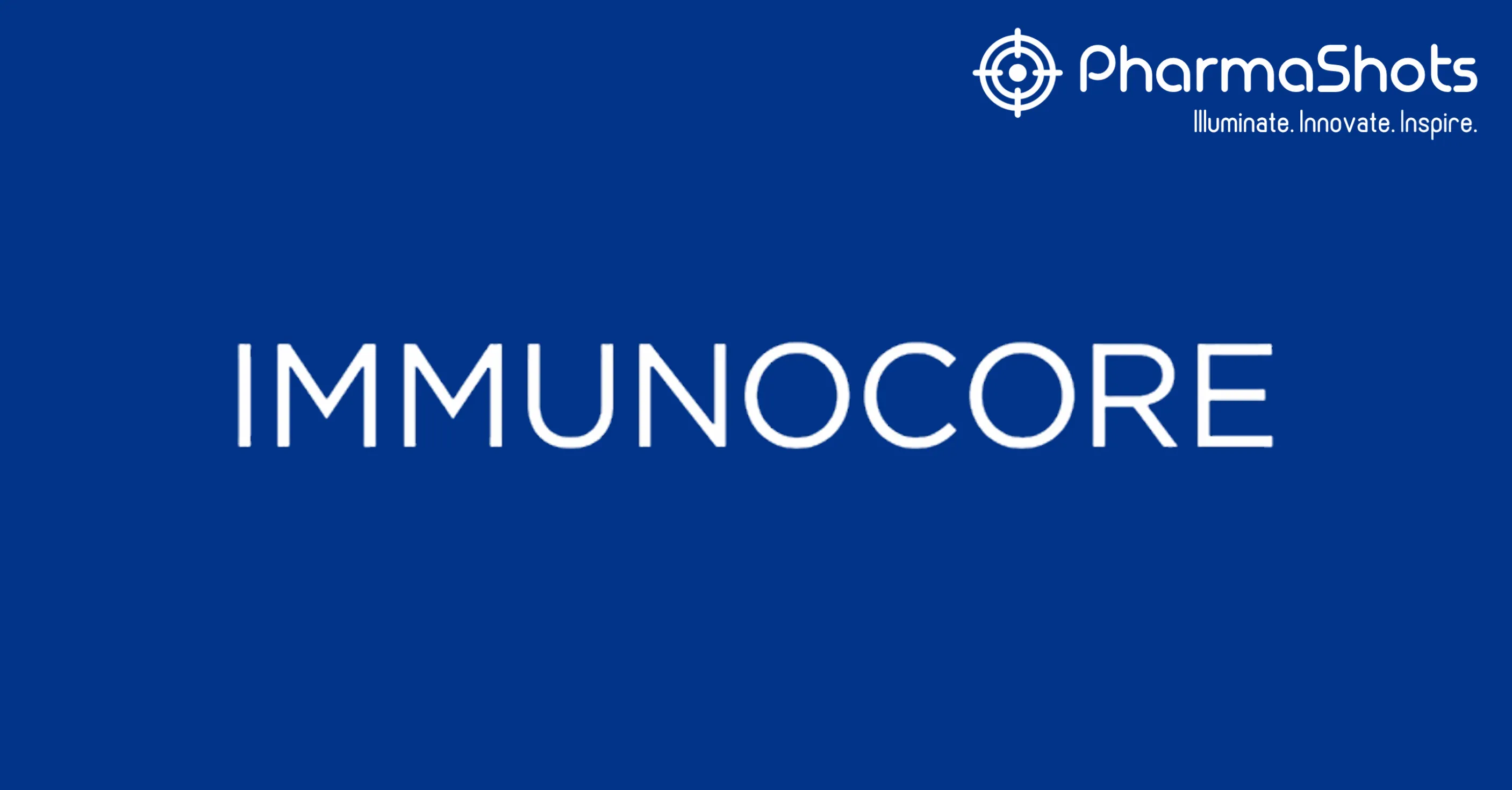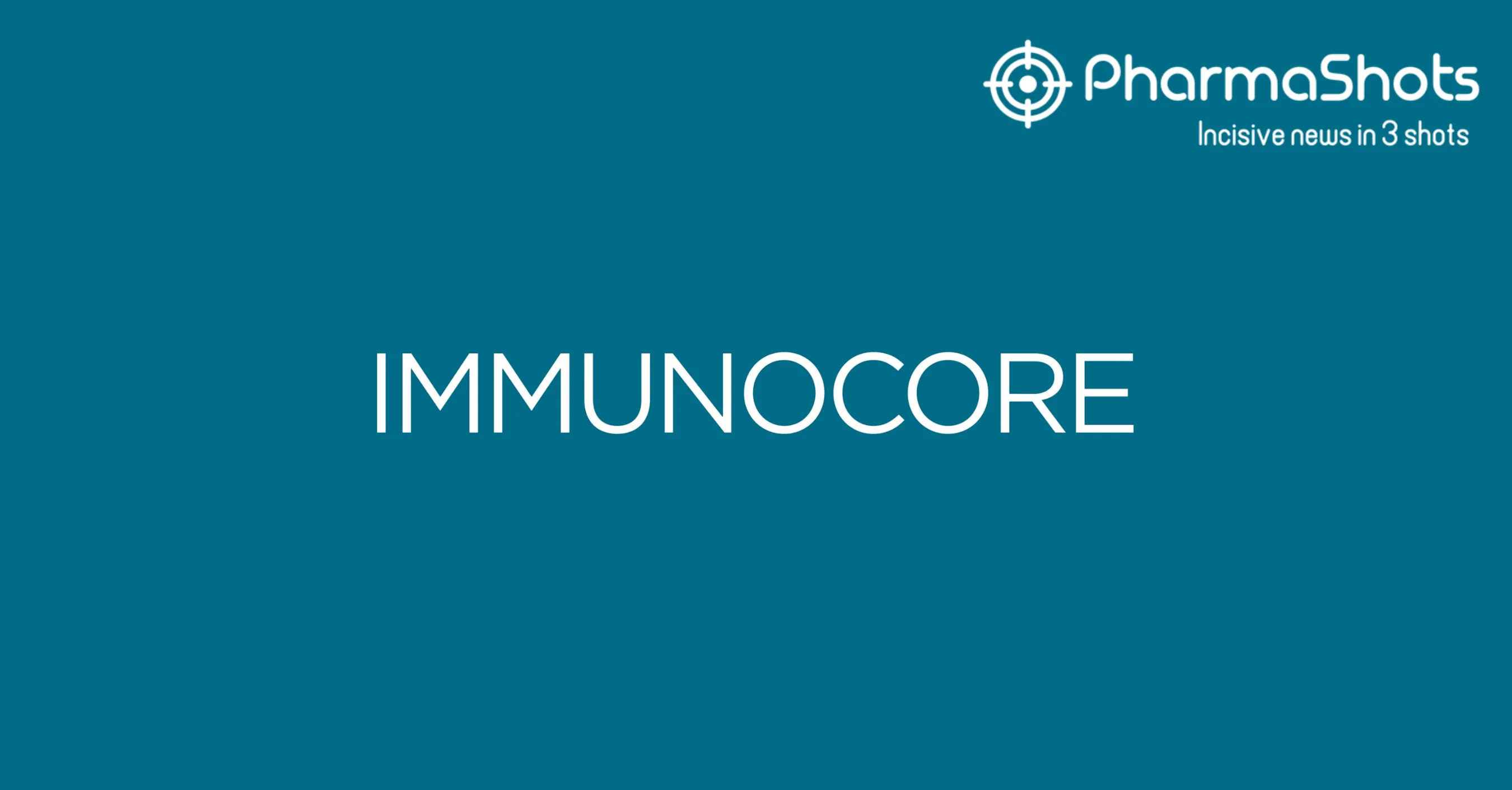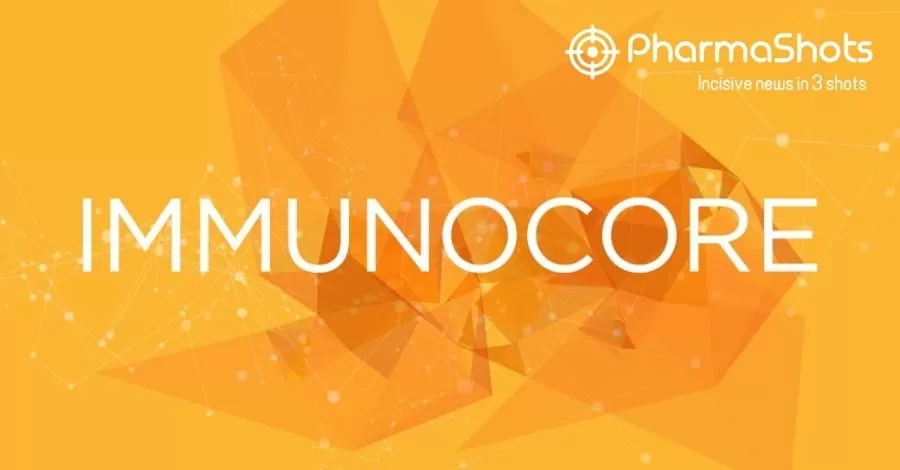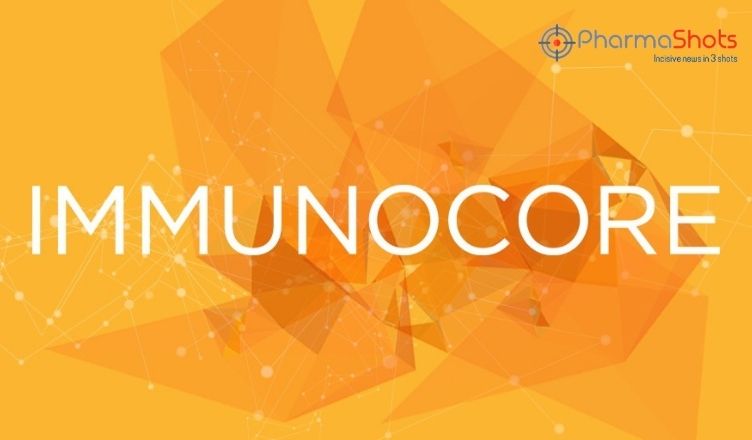
Immunocore’s Kimmtrak (tebentafusp-tebn) Receives the US FDA’s Approval for the Treatment of Unresectable or Metastatic Uveal Melanoma
Shots:
- The approval was based on the P-III (IMCgp100-202) trial to evaluate Kimmtrak vs pembrolizumab, ipilimumab, or dacarbazine in a ratio (2:1) in 378 adult patients with mUM. The product is expected to be available in the US within wks.
- In a P-III trial, the patients treated with Kimmtrak showed an OS benefit with m-OS of 22mos., OS in the ITT population (82% pembrolizumab; 13% ipilimumab; 6% dacarbazine), treatment-related adverse reactions were manageable & consistent with the proposed mechanism
- The company has launched a KIMMTRAKConnect program to provide access to patients treated with Kimmtrak while BLA approval is currently under RTOR program's review with an anticipated PDUFA date of Feb 23, 2022
Ref: Immunocore | Image: Linkedin
Click here to read the full press release

This content piece was prepared by our former Senior Editor. She had expertise in life science research and was an avid reader. For any query reach out to us at connect@pharmashots.com












